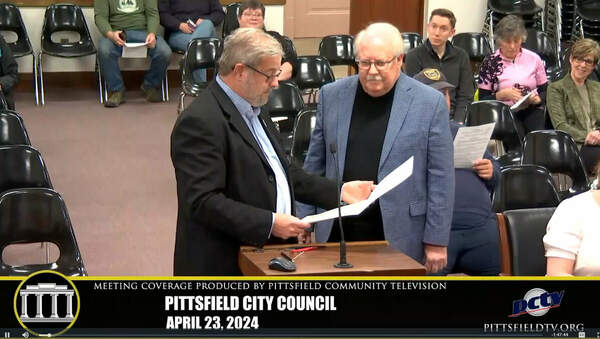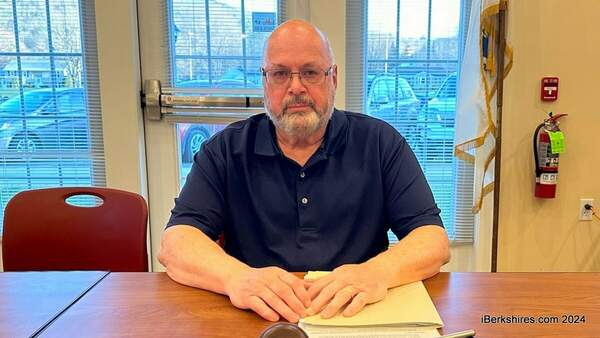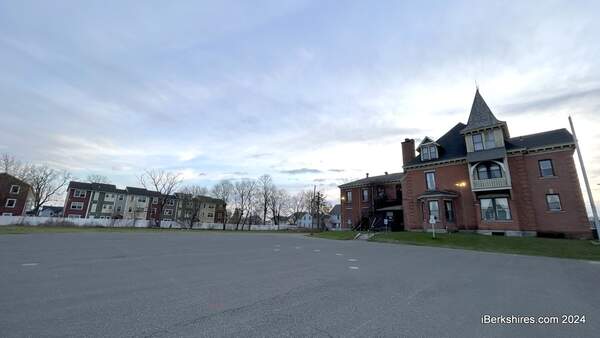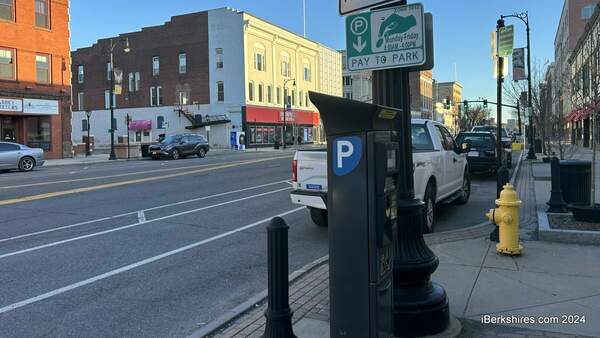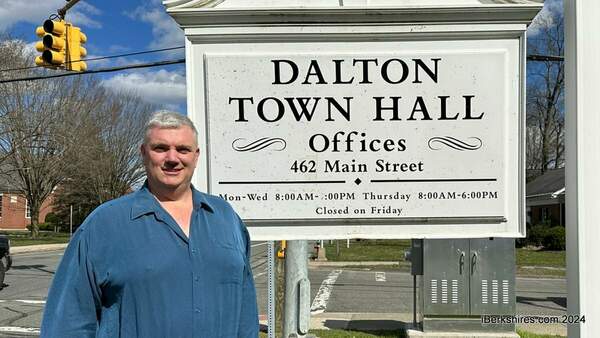Pittsfield Considering Lighting Up North Side of Tyler Street
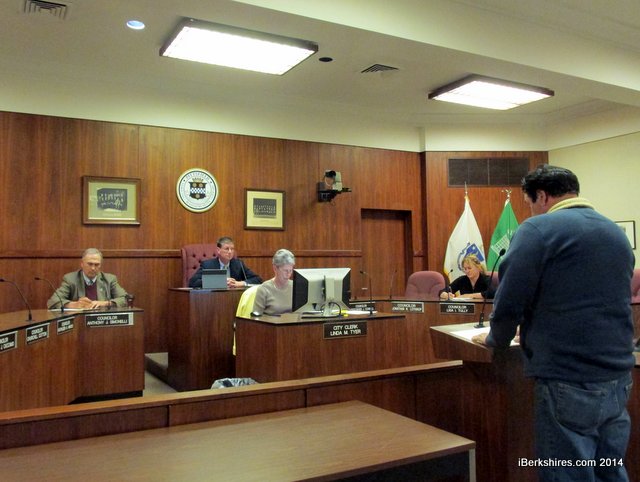 Ron Marcella of the Tyler Street Business Group said improved lighting will increase safety and economic development. Ron Marcella of the Tyler Street Business Group said improved lighting will increase safety and economic development. |
PITTSFIELD, Mass. — Lining the north side of Tyler Street with street lights comes at a cost of nearly a half-million dollars.
But city officials say it is a project they should look at doing to improve safety and encourage more economic development.
The Tyler Street Business Group is petitioning the city to renovate the lighting on the street from First Street to Dalton Avenue.
Business group Chairman Ron Marcella told the City Council's subcommittee on health and safety on Wednesday night that improved lighting will not only make the neighborhood look nice but also decrease crime and encourage economic development.
"By increasing lighting and reducing crime, making out city safer, more people will start walking," Marcella said.
Marcella cited studies showing lighting up darkened streets can lead to more than a 20 percent decrease in crime.
"When people feel good about and take pride in their neighborhood, they take better care of it," he said. "Improved lighting will enhance the attractiveness of Tyler Street, making the business become more productive and vibrant."
Additionally, Karen Rowe, coordinator of Be Well Berkshires, said a new walking loop is being developed in the Morningside neighborhood. Walking loops lead to healthier behavior and more people on the streets. Lighting is critical to making that happen, she said.
"It's important to have better lighting so people feel safe and secure," Rowe said.
Commissioner of Public Works Bruce Collingwood said it will take about 45 new streetlights along the north side to improve lighting. Each light will come at a cost of $5,100 for the material, foundation and installation. That figure doesn't account for the underground electrical work and engineering that will have to be done.
In total, Collingwood estimated that such a project would cost $400,000 to $500,000 in design and installation.
At this point, he put forth a $15,000 request to have engineers assess the needs. That assessment could be done within a month and will outline the scope of the project to nail down better cost estimates.
"This is really kind of the start of a significant project," he told the subcommittee.
Collingwood said Fuss & O'Neill engineering has estimated a cost of nearly $30,000 for a project assessment. But that study would encompass more than was needed at this point so the price can be cut in half.
"What is the light level needs? And that'll determine the scope of the project," Collingwood said of the study.
The city would be looking to use LED lights along that section of the road. The Tyler Street Business Group wants the entire north section lighted as well as improvements to the south side and on some of the side streets.
The subcommittee members were supportive of the Tyler Street Business Group's efforts in recent years to help revitalize the Morningside neighborhood. But the cost was difficult to swallow.
"My hope would be that we could find some grant money to help subsidize it," said Ward 6 Councilor John Krol.
The councilors tossed some ideas around about where to get funding — from public safety grants to MassWorks to finding funds inside of the city's public works budget. Ultimately, they passed the petition to Collingwood to flesh out the funding for the study and to find other funding sources for the construction.
"It's great to see the effort [of the business group]," said Ward 2 Councilor Kevin Morandi. "We certainly want to make our street safe."
Tags: economic development, Morningside, safe streets, street lights,

